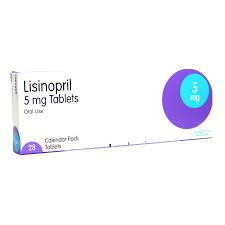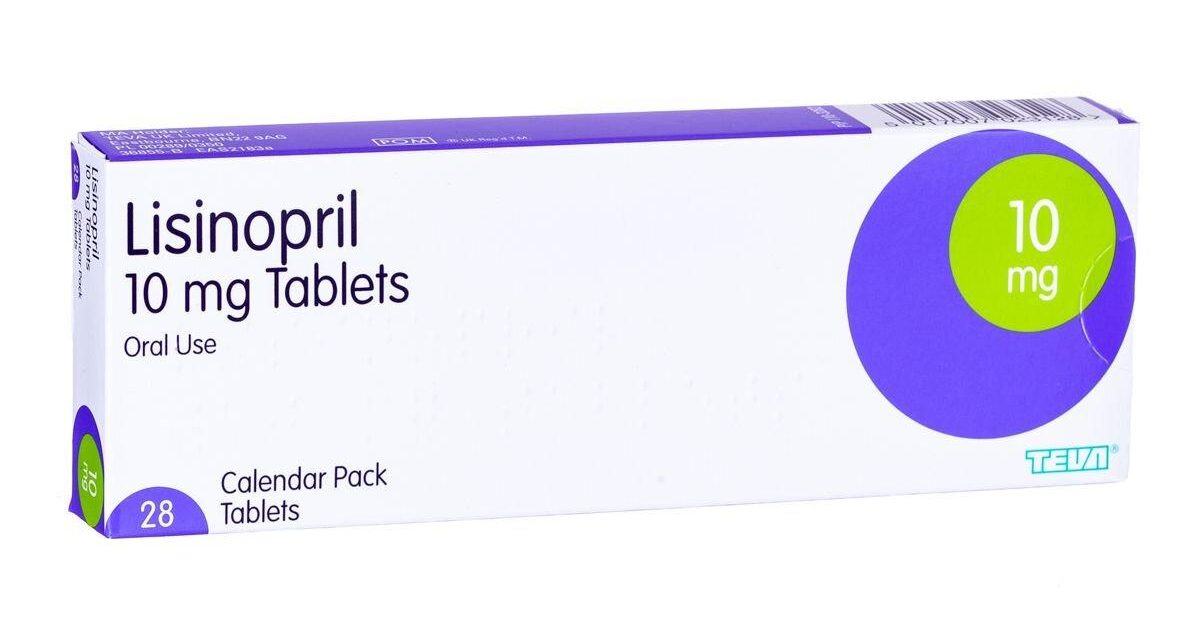Overview
High blood pressure, also called hypertension, is when the force of the blood pushing against the artery walls is too high. Hypertension is called the “silent killer,” because many people are not aware that they have it.
If left untreated, high blood pressure can lead to:
- Heart disease
- Stroke
- Kidney failure
- Eye damage
- Death
Talk to your healthcare professionals about your blood pressure readings. This is especially important if you have a family history of high blood pressure, or if you’ve got other health problems like diabetes that put you at higher risk of heart disease and other cardiovascular problems.
Causes
For most people with the condition, their high blood pressure is considered “primary” or “essential.” This means it’s not a direct result of another condition. Primary hypertension is caused by a combination of genetic factors and lifestyle habits.
You are much more likely to get high blood pressure if you:
- Have a relative with high blood pressure
- Are older
- Have overweight or obesity
- Are African American
- Don’t get enough physical activity
- Consume a high-sodium diet
- Drink more alcohol than is recommended
“Secondary” hypertension is high blood pressure that’s caused by another medical condition or medication, such as:
- Many prescription and over-the-counter medications
- Recreational drugs like cocaine and amphetamines
- Kidney disease
- Obstructive sleep apnea
- Narrowing of the large blood vessel that carries blood from the heart (coarctation of the aorta)
- Hormonal conditions like over- or underactive thyroid, Cushing’s syndrome, high aldosterone, or pheochromocytoma
Symptoms
The majority of people with high blood pressure do not have symptoms, even when their blood pressure reaches dangerously high levels. When people have symptoms with high blood pressure, they report:
- Headaches
- Changes to their vision
- Flushing
- Chest pain
- Shortness of breath
Treatment
Diagnosis
Blood pressure is measured using an inflatable arm cuff. A blood pressure reading consists of a systolic blood pressure (top number) and diastolic blood pressure (bottom number). High blood pressure is diagnosed when the systolic and diastolic pressures are elevated on several occasions.
The current definitions for “normal” and “high” levels of blood pressure are:
Normal blood pressure (considered healthy)
- Top number less than 120 mmHg
- And bottom number less than 80 mmHg
Elevated blood pressure (needs close monitoring)
- Top number 120 mmHg to 129 mmHg
- And bottom number less than 80 mmHg
Hypertension or high blood pressure (needs treatment)
- Top number above 130 mmHg
- Or bottom number above 80 mmHg
You should have your blood pressure measured at least once per year if you don’t have risk factors for high blood pressure. If you do have risk factors, your blood pressure should be measured at least every 6 months, and more often if your blood pressure is elevated. For some people, it can be helpful to have a blood pressure cuff at home so they can measure and monitor their own blood pressure.
Lifestyle changes
If you have been diagnosed with high blood pressure, no matter how mild or severe, your provider will prescribe lifestyle changes as part of your treatment program. These include:
- Restricting the amount of salt (sodium) you eat
- Weight loss, or maintaining a healthy weight
- Regular exercise
- Quitting smoking
- Reducing alcohol intake
Medications
The decision to start medication for the treatment of blood pressure is based on how high the blood pressure is and the person’s individual health and circumstances. Sometimes, two or more medications are needed to lower the blood pressure to safe levels. You should plan to work closely with your physician to find the right treatment plan for you.
These are four classes of blood pressure medications that are considered “first line,” or the most effective medicines used to lower blood pressure.
Thiazide diuretic or thiazide-type diuretic
Thiazide diuretics are a type of “water pill,” which helps your kidneys eliminate excess sodium and fluid from the body. These medications are commonly used in combination with other medications for control of high blood pressure. Some examples are:
Angiotensin-converting enzyme inhibitor
Angiotensin-converting enzyme (ACE) inhibitors block the production of a hormone called angiotensin II, which the body uses to control blood pressure. They are commonly used to protect the kidneys in people with kidney disease and diabetes, and are also used in people with heart failure. Some examples are:
Angiotensin receptor blocker
Angiotensin receptor blockers (ARBs) also block angiotensin II. They are similar to ACE inhibitors, and are used in people with similar medical conditions, but are sometimes more effective at lowering blood pressure. Some examples are:
In addition, GoodRx has partnered to make some comparable, brand-only drugs more affordable, such as the ARB Edarbi (azilsartan) and the ARB/thiazide diuretic combination drug Edarbyclor (azilsartan/chlorthalidone).
Calcium channel blocker
Calcium channel blockers prevent calcium from entering muscle cells found in blood vessels, causing them to relax. In some cases, they can also slow the heart rate, which can be useful in conditions such as atrial fibrillation. Examples are:
There are several other classes of medications that can lower blood pressure, and can be used alone and in combination with the medications listed above. These include:
- Alpha blockers: doxazosin
- Alpha-beta blockers: carvedilol, labetalol
- Beta blockers: metoprolol, atenolol
- Aldosterone antagonists: aldactone
- Renin inhibitors: aliskiren
- Vasodilators: hydralazine, minoxidil
- Central-acting agents: clonidine
If you take medications for high blood pressure, and have side effects from the medications, please contact your health care provider promptly. Never stop your medications suddenly without consulting a medical professional.
Prevention
The best way to prevent high blood pressure is to make healthy lifestyle changes. These include:
- Limiting sodium in your diet
- Not smoking or vaping
- Avoiding excessive alcohol and caffeine
- Exercising regularly
- Maintaining a healthy weight
- Managing stress
Medications & Collections
These drugs are vital for controlling and improving the health of individuals with this condition. They include both preventive and symptomatic treatments.

Lisinopril 5mg
₦2,350

Lisinopril 10mg
₦2,750

Lisinopril 20mg
₦2,850
